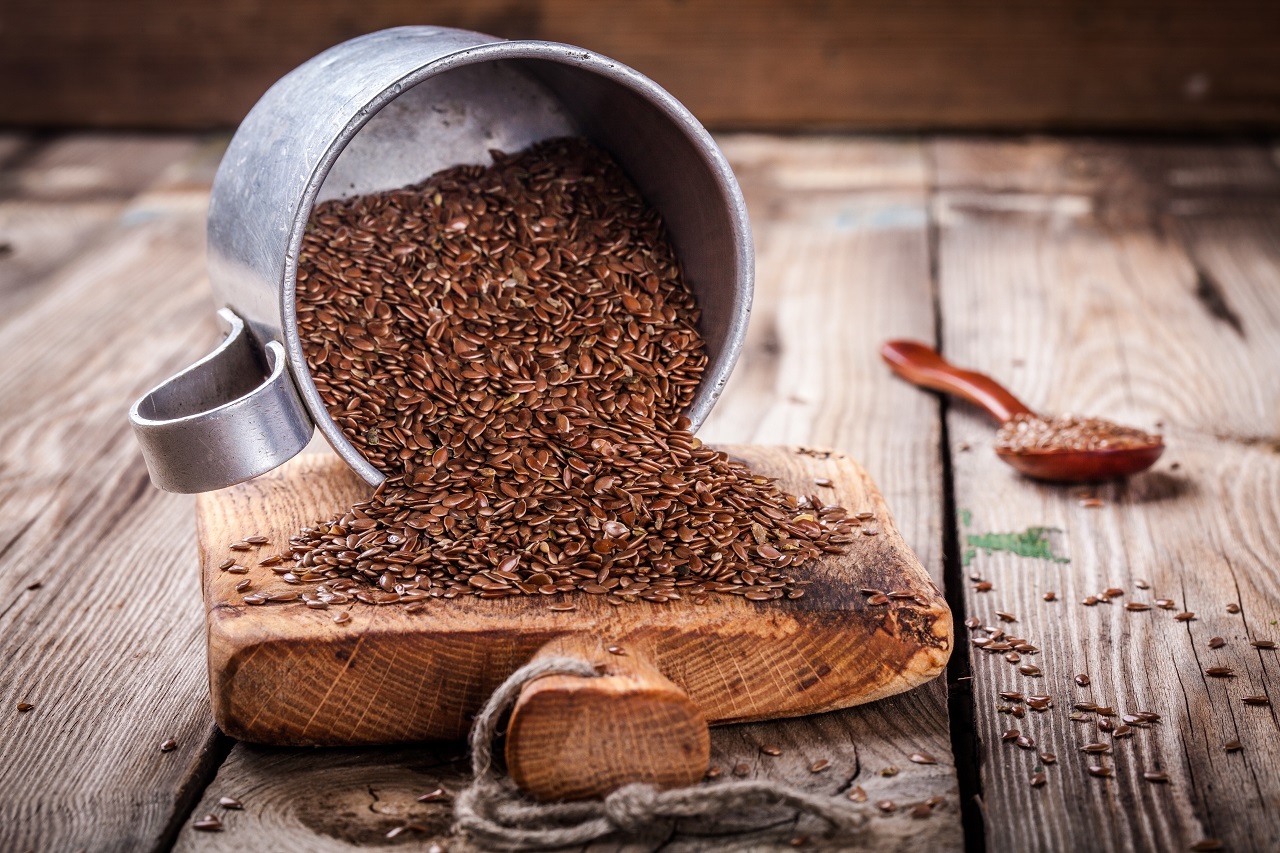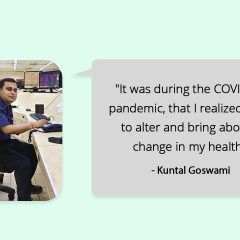 When it comes to nutrition and fitness, Flaxseeds (Lineseeds/Alsi) is the most commonly heard terms these days. The way fashion trends keep pouring in, you will see food ingredients also hitting the market as and when research finds out something important.
When it comes to nutrition and fitness, Flaxseeds (Lineseeds/Alsi) is the most commonly heard terms these days. The way fashion trends keep pouring in, you will see food ingredients also hitting the market as and when research finds out something important.
Flaxseed is one of the important ingredients in the market right now. You will see Flaxseed Oil on the shelves of most grocery stores, Ground Flaxseeds used in various recipes and Whole Flaxseeds tempered beautifully on cookies and bread.
People are talking about Flaxseeds a lot as doctors and dietitians are recommending it to people who want to lose weight. It is being recommended to those who are suffering from cancer, heart problems, diabetes and various other diseases.
Everyone is wondering what magical powers do these tiny oval-shaped, flat, glossy and pointed at one end ingredient have?
It has magical powers in the form of three magical nutrients.
- Omega-3 essential fatty acids, “good” fats that have been shown to have heart-healthy effects
- Lignans, which has both, plant estrogen and antioxidant qualities
- Fiber: Flaxseed contains both the soluble and insoluble types
Yes, these three magical nutrients are capable of fighting so many deadly diseases. Let’s have a look into it.
Health Benefits of Flaxseeds
Cancer: Omega 3 fatty acids and lignans present in Flaxseeds have a protective effect against breast, prostate and colon cancer. They block the enzymes which are involved in hormone metabolism by interfering with the growth and spread of tumor cells, thus, preventing cancer.
Cardiovascular Health: Omega-3s present in Flaxseeds reduce the hardening of arteries, which keeps plaque from being deposited in them. This automatically helps in keeping the heartbeat normal. As a result, blood pressure is kept under control and it takes care of the overall cardiovascular system.
Cholesterol-lowering effects of Flaxseeds are the result of the combined benefits of the Omega-3 ALA, fiber, and lignans.
Inflammation: Omega 3 and lignans present in Flaxseeds are known to block the release of certain pro-inflammatory agents which help in reducing the inflammation that accompanies certain illnesses such as Parkinson’s and Asthma.
Diabetes: Daily intake of Flaxseeds improve the blood sugar of people suffering from diabetes.
Relieves Constipation: Flaxseeds and Flaxseed Oil act as natural laxatives and give you relief from constipation.
Some Facts on Flaxseeds
- Whether you have it in the whole form or ground form, what we need to know is that just swallowing Flaxseeds like a medicine with water won’t give you the desired results. The seeds need to be broken to get the Omega 3 nutrients which are present in it. If you are eating whole Flaxseeds, chew them properly. If you are grinding it, grind it fresh every time you want to consume it.
- The best place to store Ground Flaxseeds is in the freezer. The freezer will help maintain the nutritional content of Grounded Flaxseeds by preventing oxidation.
- If you are not grinding Flaxseeds, then the outside shell in the whole Flaxseeds acts as the protective shield of itself which keeps the fatty acids inside well protected. As long as whole Flaxseeds are dry and of good quality, it can be stored at room temperature for up to a year.
Creative Ways to Eat Flaxseeds
- You can start your day by adding Ground Flaxseeds in lukewarm lemon water. Drink this early in the morning to detox your body.
- Addition of Flaxseed to your regular breakfast cereal will give your boring bowl a fresh, nutty flavor. You can also add them to smoothie bowls, Idli (South Indian rice cake) or yoghurt.
- Prepare a nice evening snack with fruits, Yoghurt and add this tint of nutty flavor to it.
- Adding it to milkshakes will also change the flavor of the shakes giving it an exotic nutty flavor.
- Add it to your regular veg curries as they won’t get noticed when added to soups, enchilada casserole, chicken parmesan, chicken meatballs, etc.
- Lastly substitute a part of flour with Ground Flaxseed in recipes like cakes, muffins, Dosa (crispy fermented rice and lentil crepe), breads, pancakae, etc.
In conclusion, these small and nutty seeds which are highly rich in Omega 3 are extremely beneficial for our general health.
Did we miss out on any benefits of Flaxseeds? Would you like to know more? Drop us a comment below! For further information or guidance, reach out to our certified experts by subscribing to GOQii’s Personalised Health Coaching here.
#BeTheForce











